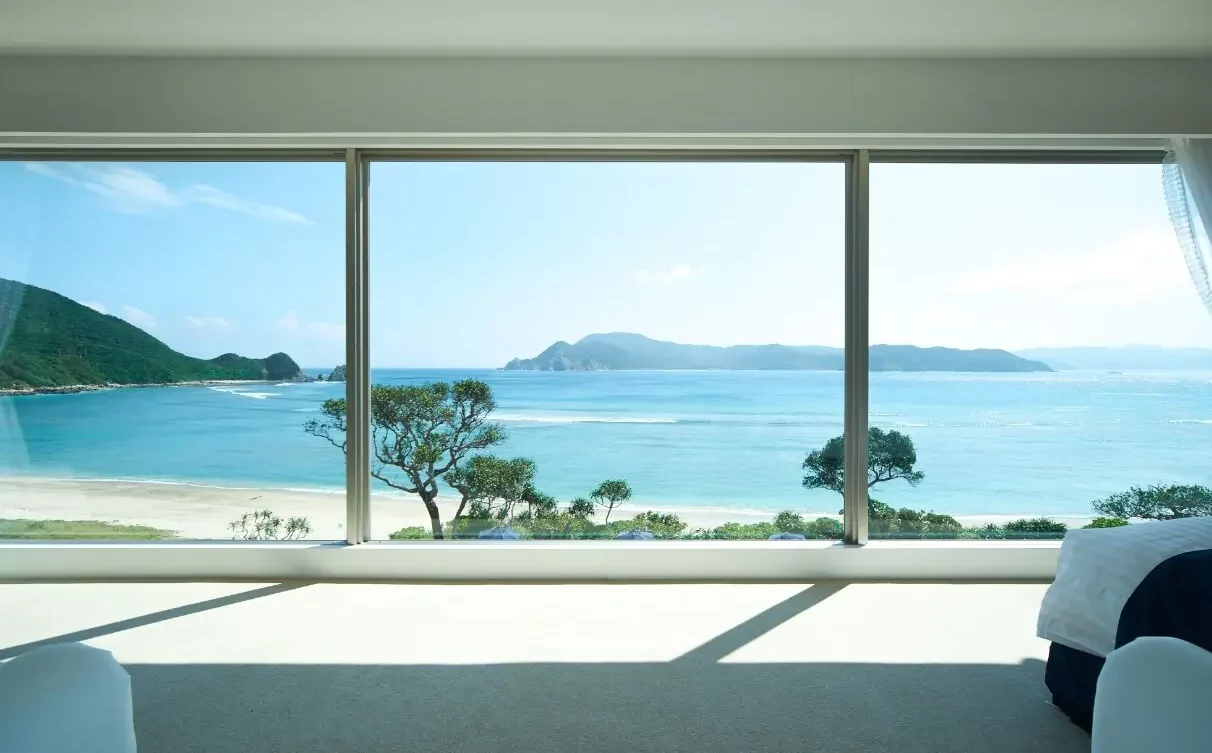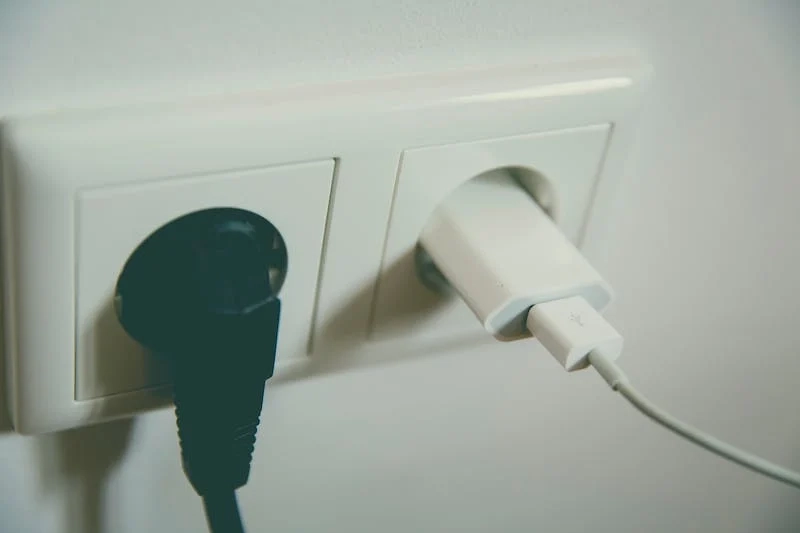
Japan stands as a pivotal destination for our discerning travelers, many of whom seek to procure various electronics and digital products locally. However, apprehensions may arise regarding potential disparities in voltage between Japan and mainland China, Hong Kong, or Taiwan. Is it imperative to carry an adapter for seamless travel in Japan?
We shall expound on the intricacies of Japan's voltage specifications and socket types in a comprehensible manner. Additionally, we will elucidate common glitches and precautions associated with power outlets. Upon perusing this discourse, you will assuredly navigate the usage of Japanese power outlets and the acquisition of electronic devices with enhanced safety and confidence.
What is the Voltage and Frequency Used in Japan?
Voltages around the world and in Japan
| 100 Volts | Japan/Korea |
| 110 Volts | Taiwan |
| 120 Volts | United States/Canada |
| 127 Volts | Mexico |
| 220 Volts | France, China, Turkey, South Korea, Italy, Thailand, Indonesia, Germany |
| 230 Volts | Singapore/Spain |
| 240 Volts | United Kingdom, Malaysia, Australia |
- The voltage in Japan at 100 volts closely aligns with that of the United States, and notably it is relatively lower than the majority of countries worldwide, rendering it quite subdued.
- Lower voltage corresponds to diminished impact on the human body in the event of an accidental electric shock. Thus, the adjustment to a 100-volt system is a precautionary measure aimed at averting safety incidents.
- Across Japan, the prevalent use of 100-volt outlets is prominent, with the single-phase 200-volt outlets experiencing limited adoption in household settings, reserved for a small fraction of electrical appliances.
Voltage Frequencies Worldwide and in Japan
- Japan stands as a rare exception in the global landscape. While most countries adhere to either a 50Hz or 60Hz frequency, Japan uniquely embraces a hybrid system incorporating both 50Hz and 60Hz frequencies.
- 50Hz/60Hz: Japan, China, Australia, United Kingdom, Germany, Russia, Argentina
- 60Hz: South Korea, United States, Brazil
- The roots of this peculiarity trace back to the Meiji era when the predecessor companies of Tokyo Electric Power Company introduced 50Hz generators from Germany, while Kansai Electric Power Company's forerunners brought in 60Hz generators from the United States. The divergence in frequencies, centered around the Fuji River, resulted in the eastern part of Japan adopting 50Hz, while the western part adopted 60Hz.
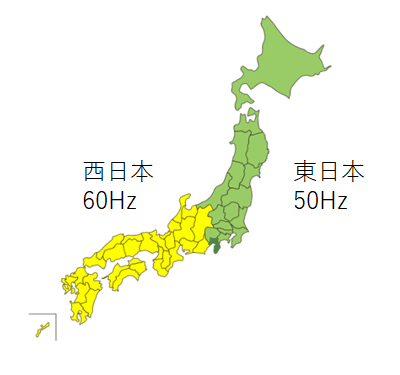
Common Power Outlet Types in Japan
Global Common Power Outlet Types
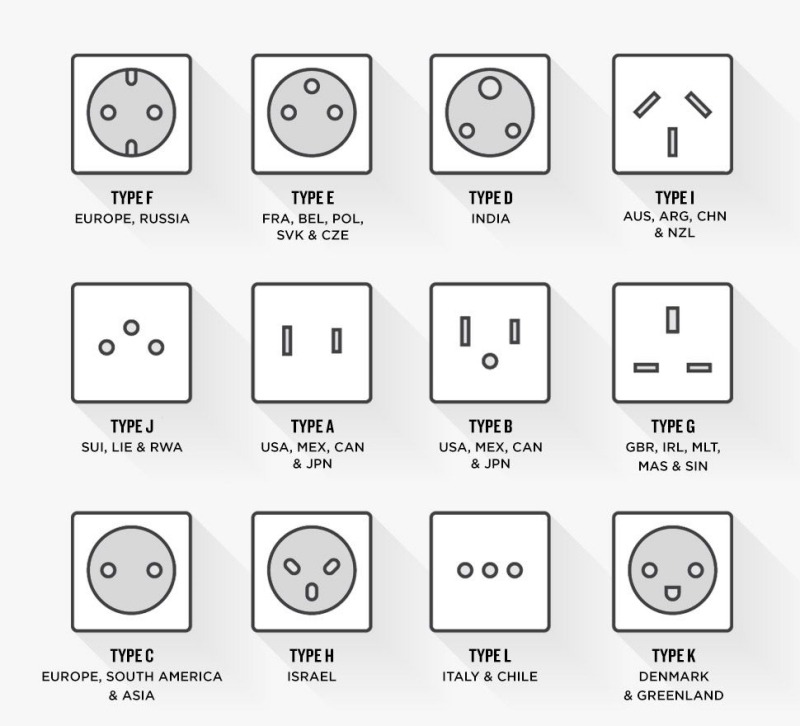
The single-phase 100-volt power outlet in Japan, denoted as "Type A," shares its nomenclature with outlets in the United States, mainland China, Taiwan, and similar locales.
Nevertheless, notwithstanding the semblance in structure, voltage disparities may arise between Japan and other nations. To deploy Japanese electrical apparatus overseas, it is prudent to contemplate the procurement of a transformer.
Three Types of Power Outlets in Japan
Japan's power outlets predominantly fall into three distinct categories: single-phase 100 volts, single-phase 200 volts, and three-phase 200 volts.
In essence, the dichotomy between single-phase and three-phase pertains to the intricacies of electrical wiring. Single-phase serves as a modality to energize relatively diminutive electrical entities, such as domestic appliances, while three-phase caters to the exigencies of larger-scale electrical machinery in industrial contexts. Herein, we embark on a comprehensive exploration of the divergences encompassing these three outlet classifications in terms of voltage, configuration, and form.
Single-Phase 100 Volts
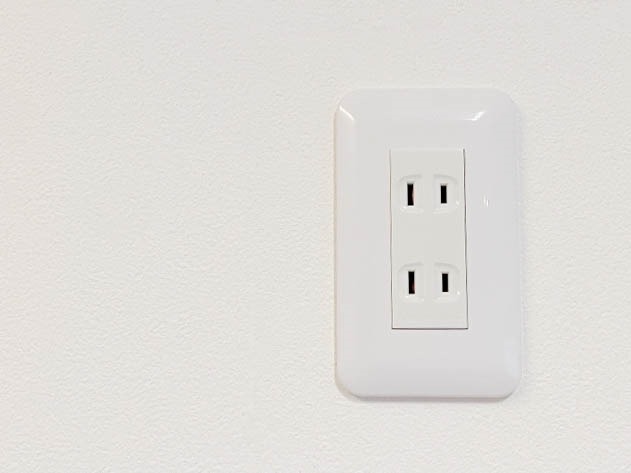
The most prevalent among us is the single-phase 100-volt power outlet. Its archetype manifests as a configuration boasting two vertically aligned apertures, typically affixed to the walls or ceilings of domiciles. A myriad of household appliances, ranging from hairdryers to smartphone chargers, seamlessly interfaces with the single-phase 100-volt outlet.
To expound further, the single-phase 100-volt outlet bifurcates into two variants: grounded and ungrounded. The latter, devoid of grounding, predominates in applications where the electrical consumption is comparatively modest, notably within the ambit of household appliances.
Single-Phase 200 Volts
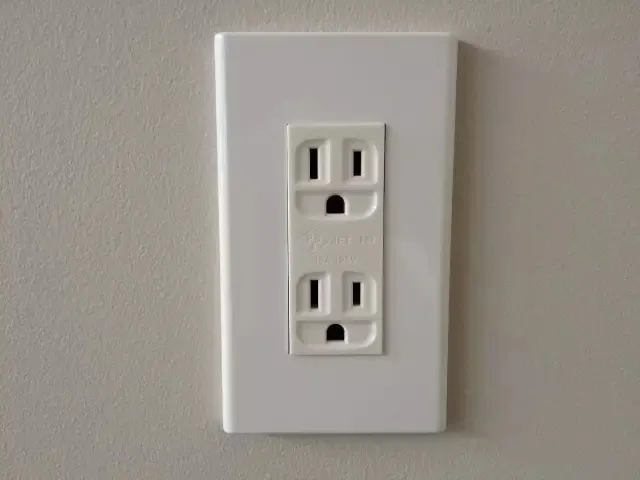
Within the realm of household appliances, the single-phase 200-volt power outlet finds its application in high-power-consuming devices such as air conditioners, ovens, and microwaves. It has the capability to deliver electrical power at a higher voltage compared to the single-phase 100-volt outlet. Consequently, as a precautionary measure, substantial household appliances are often endowed with grounding.
Furthermore, in recent times, there has been a continual rise in the utilization of single-phase 200-volt high-power domestic appliances like induction cooking heaters, dishwashers/dryers, washing machines/dryers, and bathroom dryers.
Three-Phase 200 Volts
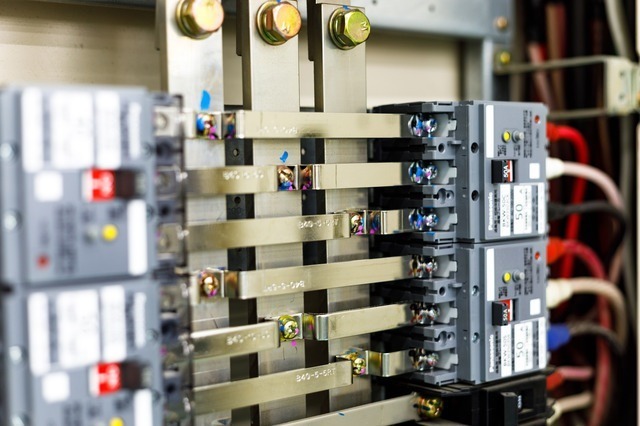
The three-phase 200-volt outlet is a variant designated for industrial and commercial purposes, commonly installed in factories, shopping complexes, and analogous settings. Consequently, encounters with this outlet may be infrequent in our daily lives.
Three-phase operation serves as a modality for transmitting electrical power, particularly employed in industrial apparatus and large-scale electrical machinery. It possesses the capability to more efficiently convey power than single-phase 100 volts or single-phase 200 volts, rendering it apt for the operation of electric motors and analogous power-intensive components.
Points to Consider When Using Power Outlets in Japan
If deploying 3C digital products, standard charging is generally unproblematic. However, for devices with higher charging capacities, it is advisable to employ a conversion plug for enhanced safety.
Note: Laptops and smartphones commonly carried during travel typically feature a wide voltage range, operating seamlessly within the 100 to 240-volt range and accommodating frequencies from 50Hz to 60Hz. However, for other devices with fixed voltage requirements, a transformer is essential.
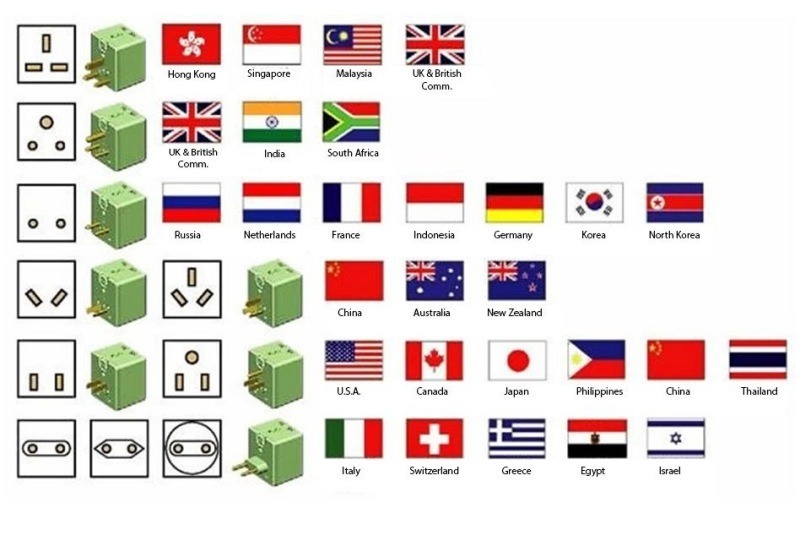
Therefore, if you plan to travel to Japan with electrical devices utilizing three-flat plugs, it is prudent to prepare a travel converter in advance.
Considerations When Purchasing Local Appliances in Japan
1. Japan operates on a voltage of 100V, whereas other countries typically range from 110V to 240V. If you acquire items labeled as "For Domestic Use in Japan Only," preparation of a transformer is necessary for use in your home country. Additionally, depending on the socket design, a plug adapter may also be required.
2. Alternatively, opt for products labeled as "Suitable for Overseas Use" to minimize the inconvenience of transformers and plug adapters. Below are voltage examples for "Overseas-Compatible" and "Japan-Domestic" products, showcasing the broad voltage range for the former:

3. Goods purchased as gray market items in Japan generally lack international warranties unless personally returned to Japan for repairs. Prior to purchase, carefully consider the associated risks. While Japanese appliances are known for their high quality, addressing issues can become troublesome if luck does not favor you.
4. Japan imposes a consumption tax of 10% on the base price of goods. Purchases exceeding 5,000 Japanese yen qualify for tax exemption. Major electronics retailers like BicCamera typically offer tax refund services. Remember to inquire with the store staff for details on enjoying tax-free benefits after making a purchase.
In summary, while traveling in Japan, there is no need for excessive concern regarding voltage and socket issues. Nonetheless, as a precautionary measure, carrying a travel adapter is advisable to prevent encountering incompatible sockets with your devices. Travel adapters can be conveniently obtained at local hotels, airports, supermarkets, and other locations in Japan.
References:
1.《日本の電気製品を海外で使う|グリプトン》 スーツケース旅行用品のグリプトン
2.《日本家电达人现身说法!秋叶原友都八喜向外国游客推荐必买日本家电》 Live Japan

